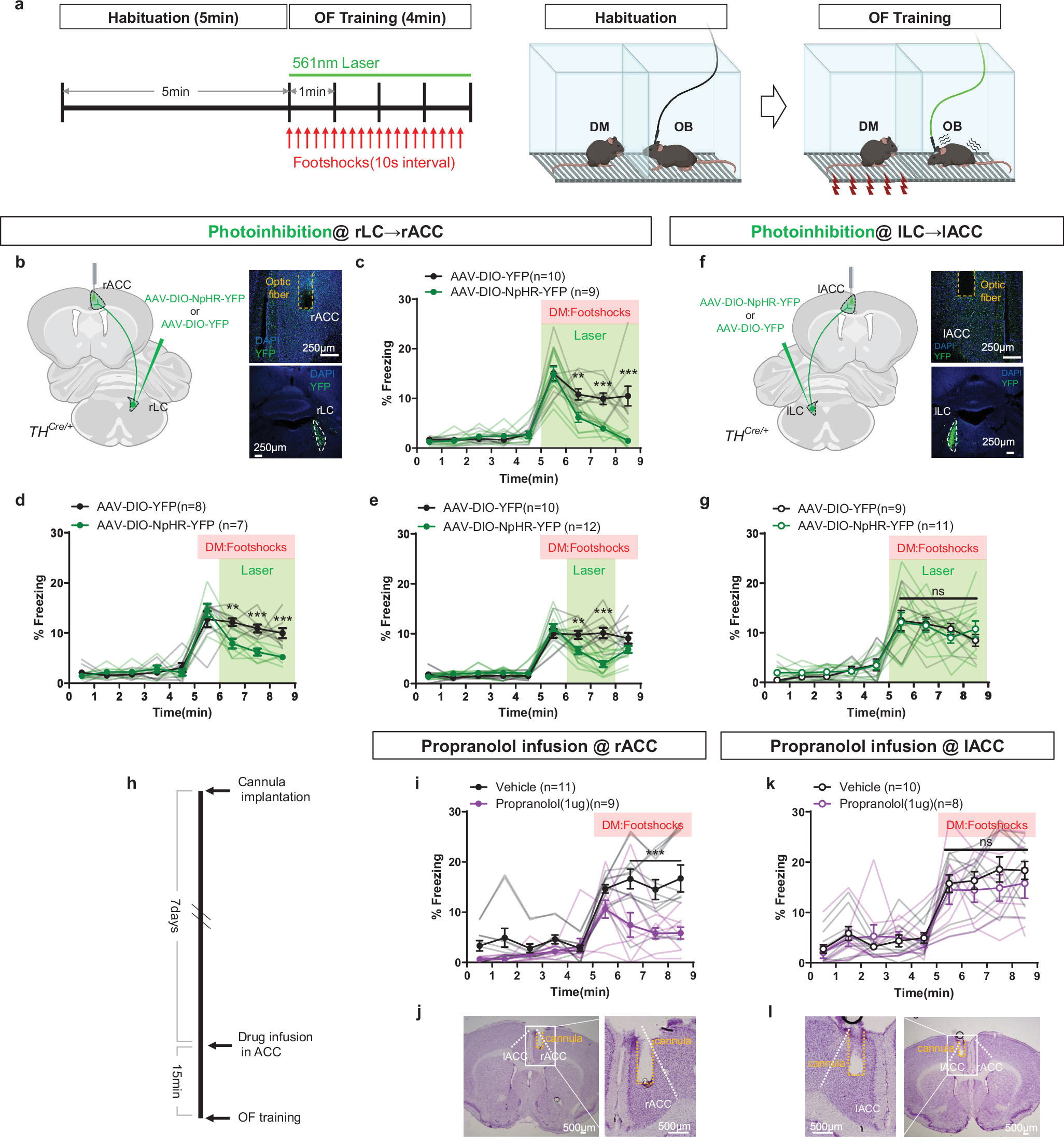2025-03-28 中国科学院(CAS)
 Bumblebees always bite at the base of the flower’s beak and then buzz it. (Image by KIB)
Bumblebees always bite at the base of the flower’s beak and then buzz it. (Image by KIB)
<関連情報>
- https://english.cas.cn/newsroom/research_news/life/202503/t20250328_908886.shtml
- https://link.springer.com/article/10.1007/s11427-024-2858-5
マルハナバチとペディキュラリスの花の間のサイズ依存的な関連性を、バズ受粉に関与する振動力学が導くVibration mechanics involved in buzz pollination lead to size-dependent associations between bumblebees and Pedicularis flowers
Yuanqing Xu,Bentao Wu,Mario Vallejo-Marín,Peter Bernhardt,Mark Jankauski,De-Zhu Li,Stephen Buchmann,Jianing Wu & Hong Wang
Science China Life Sciences Published:12 March 2025
DOI:https://doi.org/10.1007/s11427-024-2858-5
Abstract
Floral traits modify pollinator behavior and shape the plant-pollinator interaction pattern at ecological and evolutionary levels. Biomechanical traits are important in mediating interactions between flowers and their pollinators in some cases, such as in buzz pollination. During buzz pollination, a bee produces vibrations using its thoracic muscles and transfers these vibrations primarily through its mandibles as it bites the flower. The interaction between buzz-pollinated flowers and their pollinators is influenced by their physical size relative to each other, but the drivers of these size-dependent associations remain unclear. Using eight beaked louseworts (Pedicularis) as a model system, we combined behavioral observations, biomechanical analyses, and pollinator network analyses to test the hypothesis that the location of where a bee bites should constrain the interaction between Pedicularis and bumblebees during buzz pollination. We found that bumblebees always chose to bite the same site at the base of the floral beak when buzzing Pedicularis, and this site is optimal for transferring vibrations from the bee to release pollen from the anthers. Bee bodies must be long enough for the mandibles to clamp onto the same optimal site on the floral beak, while its pollen-collecting abdomen is positioned at the opening of the floral beak where pollen grains are ejected. Our pollination networks showed size matching between the floral beak length of each Pedicularis species and the body length of individual bumblebees regardless of bee species. These results suggest that the optimal excitation point on the Pedicularis flower links a suite of floral traits to its pollinators’ dimensions, potentially contributing to prezygotic isolation among co-flowering, sympatric Pedicularis species.


